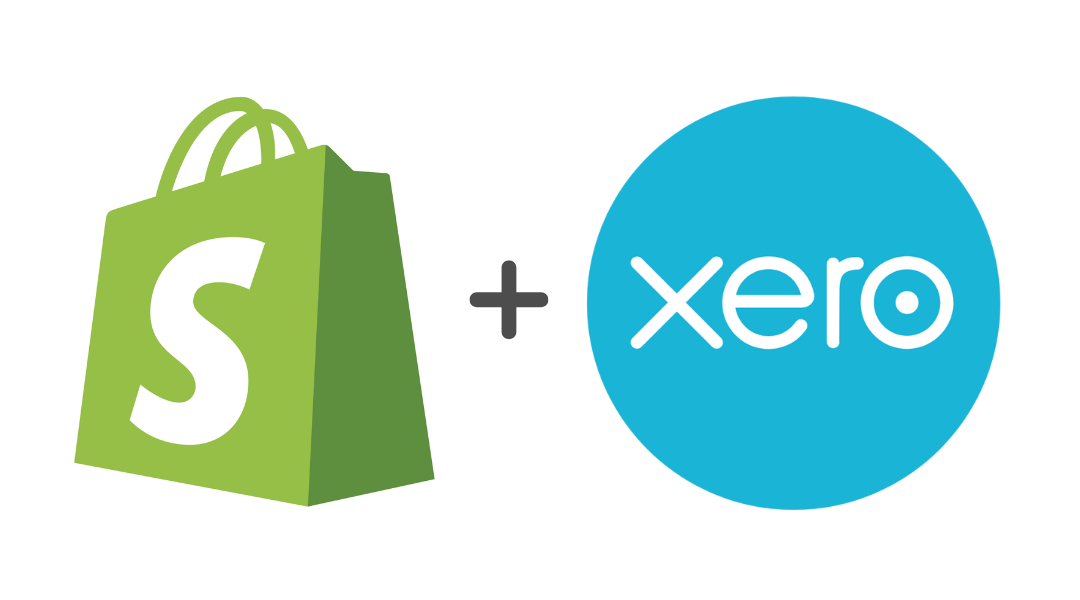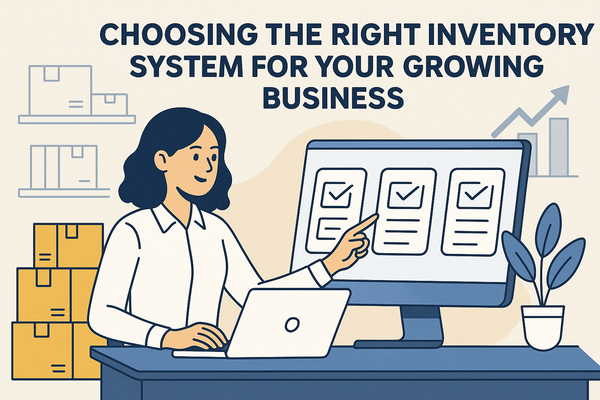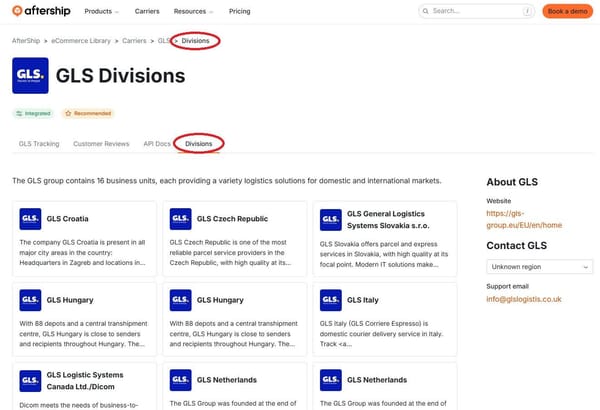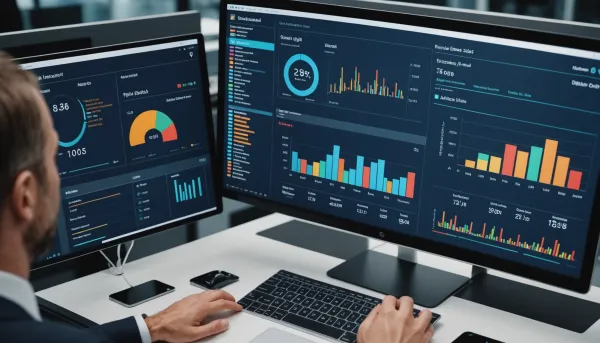E-Commerce: Shopify + Xero isn't enough

Covid really propelled E-commerce into the stratosphere, and with easy-to-use platforms such as Shopfiy and WooCommerce, creating an online shopfront has never been easier.
Connect it with an accounting software such as Xero, and it seems that you've developed a brilliant stack to handle all your business needs... well, not all of them.
The Gap in the Stack
Shopify + Xero works fine for selling and bookkeeping.
What it completely misses is operations.
Specifically:
- Purchasing goods from suppliers
- Receiving and checking inventory
- Tracking where stock physically is
- Understanding actual profit after costs
Your Margins Are Lying
How can you run an effective business, if you aren't 100% sure that you are making money from selling products?
You may know the cost of the product purchased.
You will know how much it sells for.
But what about:
- Shipping and freight
- Import duties and GST
- Currency conversion
- Storage and fulfilment costs
The company inbox and Xero will likely have these costs. But good luck reconciling the information.
“Do we have this in stock?"
Shopify and Xero both let you record inventory, but they stop at a high level.
- Shopify tells you if stock is at a site, but not specific locations
- There’s no receiving process, no audit trail
- Staff are left guessing and searching
In e-commerce, the key to maintaining reputation and efficiency is having set processes that staff follow. These processes must be as simple as possible, while maximising information output.
If you have a system that requires staff members to become PhD candidates, they're going to make mistakes, and that will cost you money.
What You Actually Need Depends on Size
Here’s a breakdown based on where your business is at.
Smaller Ops (under $1M revenue, <5 staff)
Spreadsheets: Google Sheets or Excel
Excel is a ridiculously powerful tool when wielded by the right person. In very small teams, you could create custom sheets to help manage your entire backend process, from calculating real costs, to streamlining warehousing processes.
Pros:
- Free or cheap
- Fully customisable
- No need to onboard to a new platform
Cons:
- Hard to maintain over time
- Manual data entry and mistakes
- Doesn’t integrate cleanly with other tools
- Not designed for teams
Inventory/Warehouse Software
Lecxa

With the name derived from 'excel' spelt backwards (almost), Lecxa simplifies backend logistics for maximum information output, controlling your inbound, in-stock and outbound inventory data.
Features:
- Purchase order matching
- Product bundles/kits
- Storage location tracking (aisle, bin, shelf)
- Restock alerts
- Visual warehouse layout tool
Pros:
- Low cost (Free–$500/month)
- Focused, easy-to-use interface
- Designed for team workflows
Cons:
- Early access product
- Limited integrations at this stage
Other Inventory Systems
Unleashed
Cloud inventory platform. Works well for wholesale and distribution. More established, but pricier.
CartonCloud
Focuses on transport and warehousing. Common in 3PL environments.
Mid-Level Systems
For businesses getting more complex operations and multi-channel setups.
- Cin7
- Fishbowl
- Katana
Each platform takes a different approach to inventory and manufacturing. More configuration, more features, more admin.
ERP Systems
When you're operating across multiple departments, channels, warehouses or countries.
- Netsuite
- SAP
- Sage 300
- Microsoft Dynamics 365
These are large-scale, enterprise systems. High cost, high commitment, long onboarding.
Conclusion
Shopify and Xero are a good start. But if you deal with physical stock, you need something more operationally aware.
Your business depends on knowing what’s coming in, where it is now, and how it’s going out.
That’s not accounting. That’s logistics.
And if your stack isn’t handling that, it’s time to fix it.




